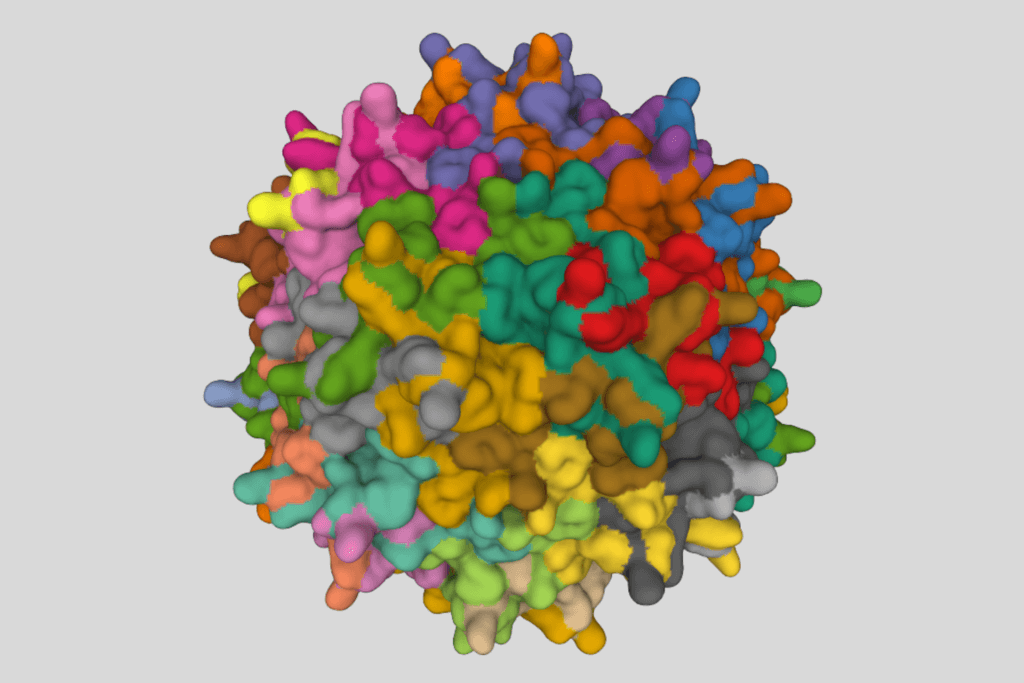Adeno-associated virus (AAV) is one of the most studied gene therapy vehicles. AAV has been used in more than 100 gene therapy clinical trials.
Presently, 70 companies are testing over 235 AAV vectors in the gene therapy landscape.
Top pharma giants such as BioMarin Pharmaceutical, Gensight Biologics, Biogen, Spark Therapeutics (Roche), Nanoscope Therapeutics, Neurophth Therapeutics, Homology Medicines, LYSOGENE, Astellas Pharma, Ultragenyx Pharmaceutical are currently investigating these AAV vectors at different stages of development.
AAV and liver toxicity
AAV has been seen as a comparatively non-immunogenic vector. But, recent clinical trials’ results have revealed that immune response to AAV vectors is likely to be a bottleneck in AAV gene therapy.
One of the most common adverse events in clinical trials is liver toxicity. Lately, in an AAV gene therapy clinical trial by Astellas Pharma, four deaths of patients were reported due to treatment-associated liver toxicities.
Reported events of liver toxicity after AAV gene therapy
In September 2021, Astellas Pharma reported the death of four patients after being dosed with AT132, experimental gene therapy for X-linked myotubular myopathy (XLMTM). The deaths were assumed to be related to complications due to liver failure among the 17 patients enrolled in the highest dosing cohort (3.5E14 vg/kg). This happened despite the trial excluding patients with a clinically significant liver disease history. Consequently, the FDA put the trial on hold and lifted the ban at a lower dose (1.3E14 vg/kg). However, due to the persistence of liver issues within a month of dosing, Astellas, the trial sponsor, voluntarily suspended the screening and dosing.
According to SMA news today (a website dedicated to SMA), the label of Novartis’ gene therapy, Zolgensma, for spinal muscular atrophy (SMA), has been updated to contain a boxed warning highlighting the risk of higher-than-normal liver enzyme levels aminotransferases (suggestive of liver injury), acute liver damage, and acute liver failure.
Will modifying the AAV vector dose prevent liver toxicity?
The FDA advisory committee has proposed lower vector doses, stricter exclusion criteria, and long-term animal studies to address liver toxicities associated with AAV vector gene Also it is not enough to depend on liver enzyme measurements or ultrasound examinations and there has to be careful patient examination and stricter exclusion criteria in AAV clinical trials.
It is crucial to look at the dose responses in a clinical trial. It is imperative to begin at low doses of AAV vector and then eventually increase the dose to challenge the patient population. CTGTAC Chair Lisa Butterfield believes that total vector genome dose per kg or the use of the attribute of body mass index might help towards solving this problem.
Even though many researchers have been looking into high dose administration of AAVs, Dr. Nicole Paulk, a pioneer in the field of viral gene therapy claims that the scientists instead must be trying to architect AAVs in a way that there is no requirement of high doses.
AAV and tumorigenesis
In addition to liver toxicity, AAVs might lead to tumorigenesis, where integration of AAV genome can lead to insertional mutagenesis. However, tumorigenic potential in clinical outcomes has remained debatable.
The recent case of Biomarin’s hemophilia gene therapy, Roctavian, where a Hem A patient taking part in the gene therapy trial phase 3 study was diagnosed with B-cell acute lymphoblastic leukemia, has again alerted the scientific community. Though Biomarin, in its official statement, denied any correlation between AAV DNA sequences and tumorigenesis, it definitely raises serious concerns about tumorigenesis associated with AAV. This is a topic that will likely be discussed in more detail going forward, especially as more and more gene therapy treatments are being approved.
Μoving towards a safer AAV gene therapy
Several approaches are in place for improving the stability and efficacy of the virus. Most of them are concentrated on changing the manufacturing and purification process and refining the reagents in which the vector is stored. Furthermore, novel methods to administer which may avoid the liver and the immune system might be useful. Yet another way is to envelop the AAV in an ingredient that will safeguard it from the immune response directly. These kinds of technological innovations can pave the way to a safer AAV gene therapy.
Do you want to stay updated on gene therapies and other latest treatment options?
Contact us and gain best-in-class market insights. Learn how we help you make informed decisions.
#livertoxicity #AAV #genetherapy #adverseevents #AAVgenetherapy #tumorigenesis
1 new message (delveinsight.com)
Astellas Pharma reports fourth patient death in gene therapy clinical trial – MedCity News
Liver toxicity in gene therapy trials may deserve stricter entry criteria – Brain Ethics
SMA gene therapy: Types, how it works, benefits, and more (medicalnewstoday.com)
Acute Liver Failure Warning Added to Zolgensma Label for SMA Children (smanewstoday.com)
https://www.sciencedirect.com/science/article/pii/S1525001622003641
https://www.hemophilia.org/news/update-for-the-hemophilia-community
